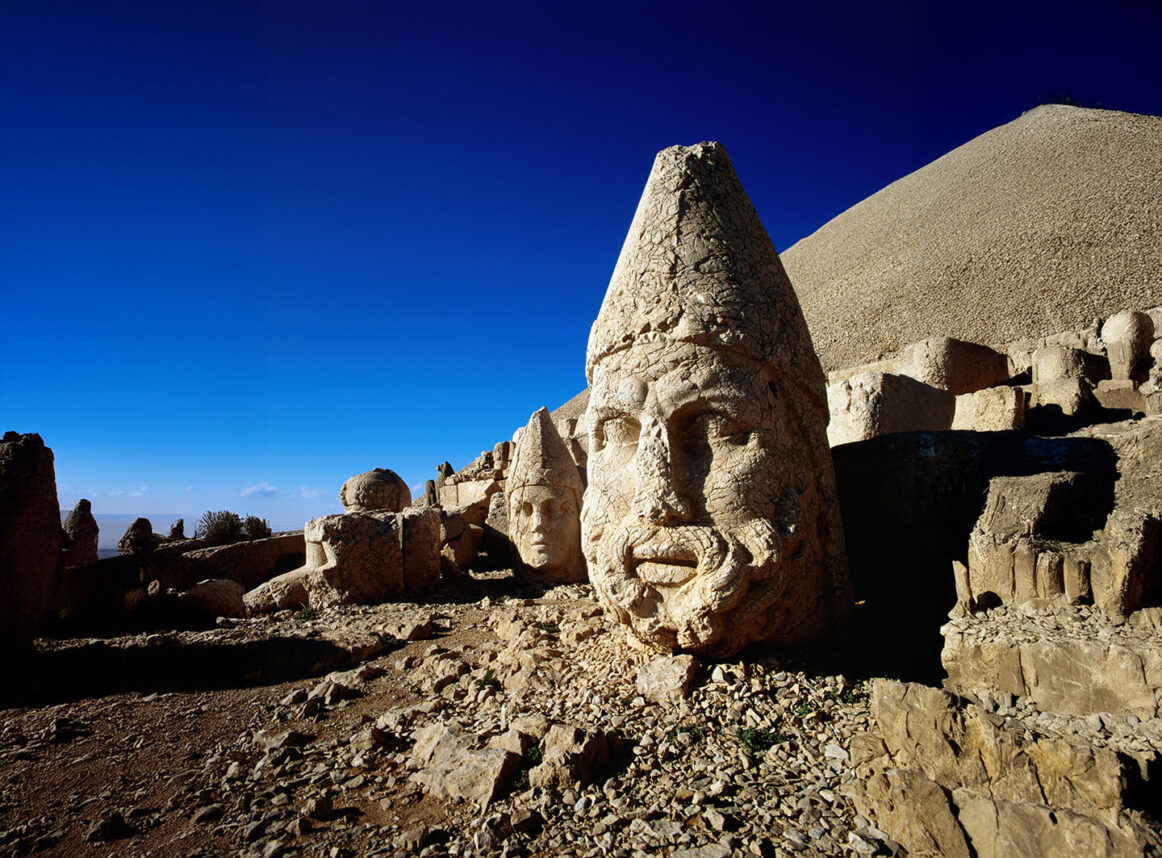Vica is tall, blonde and Jewish. She is my interpreter.
It’s February 2005 and I am in Vilna, Lithuania, at the Baltics Limmud Conference. I am here as part of The Jewish Federation of Greater Los Angeles’ strategic partnership with the Baltics communities to teach subjects as varied as “Judiasm & Sexuality,” “Conservative Judaism” and “The Meaning of Mitzvah” to a Jewish community whose knowledge of the Jewish tradition was decimated by 50 years of Soviet oppression.
Vica translates what I teach into Russian, the lingua franca of Lithuania, Latvia and Estonia, a remnant from the Soviet era. She is active in the burgeoning Jewish community in Vilna, and comes to Limmud to work as a translator and to participate in learning. Yet she dates a non-Jewish Lithuanian because there are so few Jewish men her age.
When I ask about her Jewish upbringing, she says she didn’t really have any.
“My mother is Jewish and my father is not,” she says. “My mother had forgotten most everything from her childhood and she was not allowed to practice or learn anything, so by the time I arrived she really didn’t know what to teach me. But once we went to shul on Passover, and I do remember the matzahs from the shul. I don’t remember what they were for, but I remember eating matzah once in shul.”
Vica remembers eating matzah. Don’t underestimate the importance of the taste buds. Jews are a smart people. We value good grades and we love a good debate. But at the beginning of all good Jewish learning, there is food.
In traditional communities, the Alef Bet is still taught by feeding Jewish children Hebrew letters covered in honey so they associate sweetness with Torah. After Moses and the leaders of the Jewish people affirm their covenant with God at Mount Sinai and have a dramatic vision of God, they sit down to eat and drink (Exodus 24:12).
On Passover, when the central mitzvah of the seder is to teach our children the story of the Jewish people, we eat. We eat spring and call it parsley. We eat bitterness and call it maror. We eat bricks and call it charoset. We eat poverty and call it matzah.
We teach our children the words, but when our children are denied the story for 50 years, when a mother “has forgotten most everything from her childhood” and “doesn’t know what to teach,” when nothing else remains, matzah, like a stubborn daffodil blooming after a hard winter’s frost, is what Vica remembers.
Why does food work so well?
Scientists will tell you that the senses of smell and taste are most strongly associated with memory. I think eating resembles what learning the Passover story should be — we allow something from outside of ourselves to enter us; we “digest it” and change it (it is we who must tell the story so that our children can hear it) and it changes us and nourishes us and stays with us forever.
The Passover seder is among the most observed holidays in the Jewish world. When other ties with Jewish life have frayed, Passover remains. The food of Passover has much to do with this fact. Too often, Jews feel disempowered to teach their children, or themselves, the Jewish tradition because they feel they do not know enough. But on Passover, the haggadah teaches — “all who are hungry, come and eat.” Everyone can eat. Passover remains.
But Passover cannot be enough. Matzah cannot be enough. During the rest of the year, what do our homes taste like? Will our children remember the taste of Shabbat dinner on Friday night? Will they remember blintzes on Shavuot? Latkes on Chanukah? Honey and Hebrew letters? Will they remember the smell of cooking food to be delivered to a family who is mourning? What will remain beyond matzah?
Rabbi Daniel Greyber is the executive director of Camp Ramah in California and the Max & Pauline Zimmer Conference Center at the University of Judaism.






















